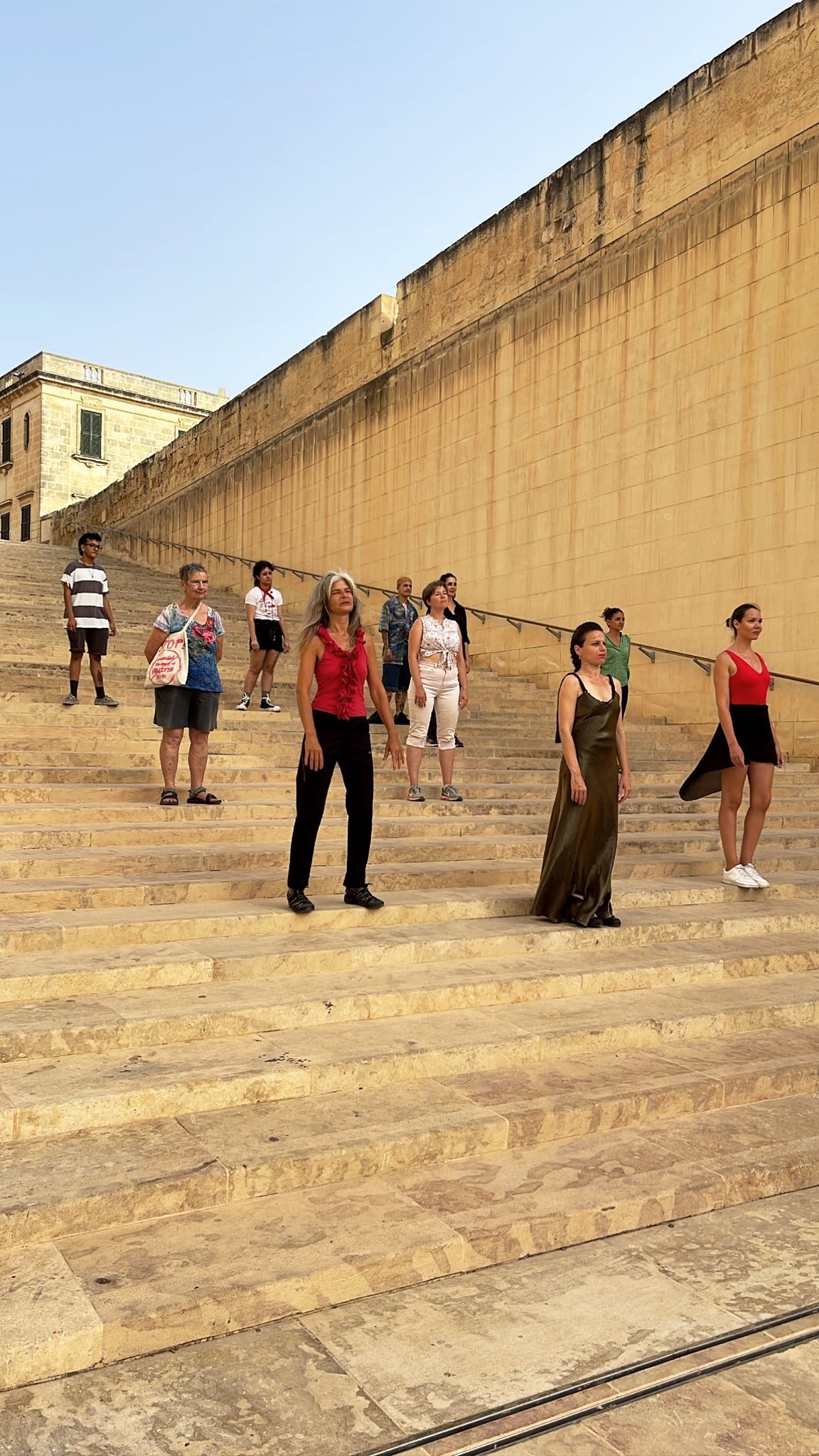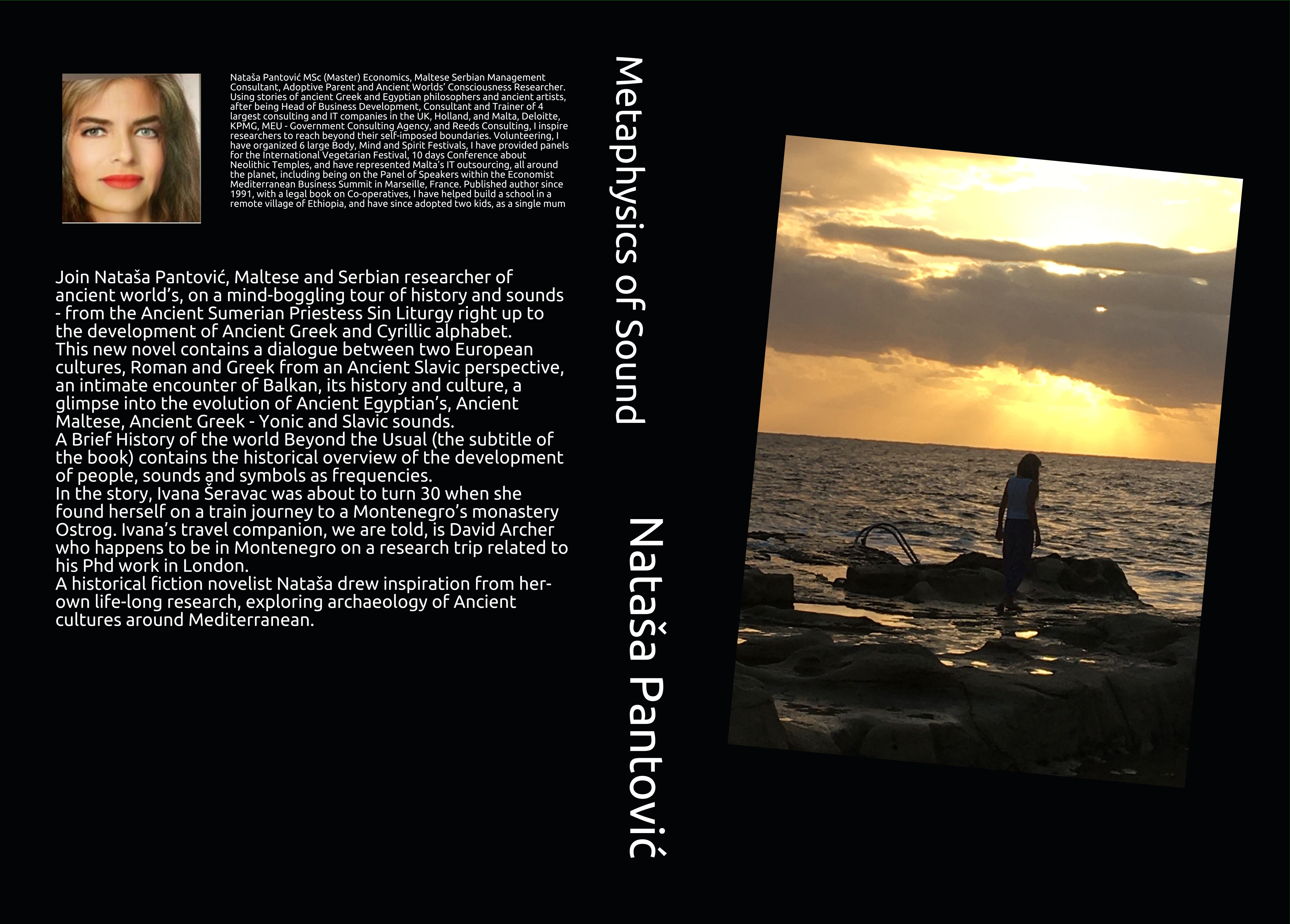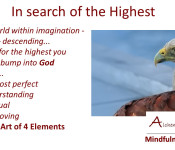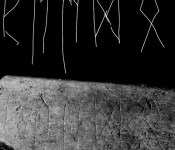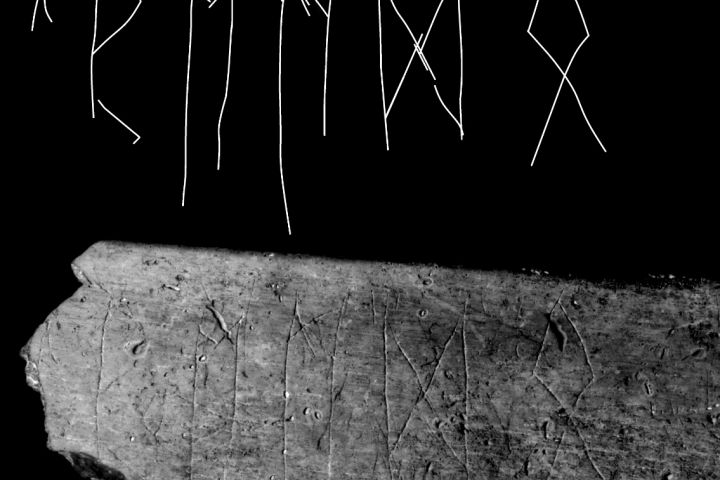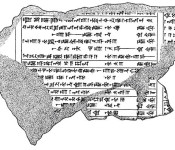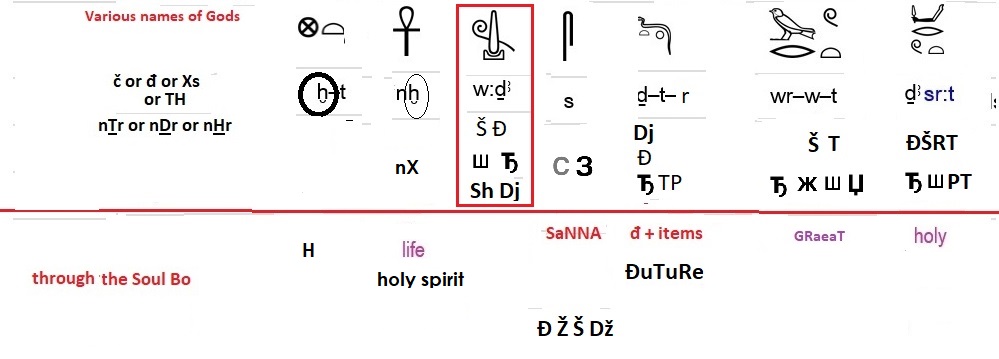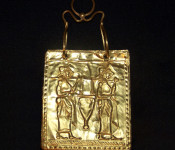Worshiping Silence following the Mastery of the World’s Best Mystics we can touch Samadhi...
What happens when you find a perfect note? What happens when you experience Samadhi listening to the perfect sound or observing a perfect painting? What happens when your consciousness expand to such an extend that it is blessed by divine, unexplainable, most subtle beauty?
Your Highest Potential is Waiting Blessing Poem by Natasa Pantovic
At a music concert of Armenian State Orchestra of around a 100 talented and for decades trained musicians a Master violinist took us to this magic state.
A grand piano recital of one of the best world pianist Grigory Sokolov entitled "The Legend is Back" took us onto a 3 hours journey through Haydn's sonatas and finished with 5 encores at midnight. While on this "single man on a piano" marathon, we as his audience stopped breathing with every pause he performed. He mastered his and the energy of entire Conference Centre crowd, taking us into the higher states of consciousness...
Read more
Learning from a Scientific Paper, March 2021, Runes from Lány (Czech Republic) - The oldest inscription among Slavs. An Ancient Debate #archeology #Slavic Since the 19th century, Slavonic scholars had theorized that Slavs had achieved literacy pre-Christ
Runes as the oldest inscription among Slavs
Neolithic European wisdom, symbols and divine learning from a Scientific Paper, March 2021, Runes from Lány (Czech Republic) - The oldest inscription among Slavs
An Ancient Debate #Archeology #Slavic #History. Since the 19th century, Slavonic scholars had theorized that Slavs had achieved literacy pre-Christ.
Like many extraordinary discoveries, it happened by accident, just recently, and it sparked a number of years of careful scientific research.
A Czech archaeologist, Alena Slamova, was routinely cleaning the excavations from a dig when her sharp eye noticed unusual scratching on the surface of one fragment. So she has decided to examine it further with her colleagues, not dispose of it.
"Our find is the first one after nearly 200 years of discussions to suggest that it is possible that the [early Slavs] had some script," says Jiri Machacek, head of the Department of Archaeology in Brno, the co-author of the report.
The rune bone was found near the town of Breclav in what is now the Czech Republic
Alena Slamova and Jiri Machacek with the fragment of cow rib that could change a lot of what we know about the early Slavs
Runes are an alphabetic script, called fuþark, used among Germanic tribes
What scientists are after are abecedaries (passed through Europe as a script). Longer time period, more difficult the find. I.e. many inscriptions exist in younger fuþark, and there are only about 430 in older fuþark, used until 700 AC, of which only 17 contain complete, or incomplete abecedaries. Less than 100 span from 300 AC to 700 AC creating what is known as the South-Germanic corpus.
A researcher can easily imagine that the most scripts found would belong to our wealthy and influential men's graves (in Balkan read: Germanic or Ottoman or Byzantine).
During the last 2,000 years, the only women buried were Queens or Saints, surely not slaves. In Balkans, since Slavs were slaves, changing the names to reflect the power-God-Goddess structure (for example Dio-nisus. or Herodotus, or St Whoever Christian Name) was common.
What has survived came from the scripts found on metal objects in 600 AC graves containing personal names. It is a typical example of an Early Slavic settlement of the 6-700 AC. The same ones you find following the river Danube. The above mentioned rib bone fragment, originates from Břeclav Lány in South Moravia, Czechia.
Codex Runicus, 1300 AC containing one of the oldest and best preserved texts of the Scanian law (Skånske lov), written entirely in runes.
“This important find renders six of the last eight runes of the older fuþark, making it the first find containing the final part of the older fuþark in South-Germanic inscriptions, and the only one found in a non-Germanic context.”
The first written reports about Slavs, referred to Slavs as Sclavini, and their attacks on the Byzantine & later Ottoman Empire during the 600 AC – 1,500 AC. Early written mentions of Slavs include Sclauos in the 777AC, 805 AC, 822 AC, 855AC, etc.
This rune-inscribed fragment of a bone could be the first archaeological evidence for a direct contact between Germanic and Early Slavic tribes in Europe from the late 600 BC found in any Slavic settlement said the groundbreaking report.
As often happens with important archaeological discoveries, the Lany bone may shed light on old historical mysteries but also raises new questions that could open up enticing avenues of research.
One interesting puzzle facing scholars is to figure out why a Germanic script ended up being used in a Slavic setting. There is a possibility that it was written by Slavs who learned it from a Germanic tribe, or the Germanic people have learned it from the Slavs.
It is a tantalizing question that might not be solved for unfortunately, the Lany bone is the only physical evidence to date of writing among early Slavs.
"Nobody was interested in looking for inscriptions on these bones because we had no idea that something like this could be here,” says Machacek. "So perhaps now that we have this first find, we and other archaeologist colleagues will attempt to look for more… There are thousands of animal bones, and this writing could also be on some of these."
The deeply engraved runic inscriptions are no doubt authentic, they have been confirmed using optical & electron microscopy.
Yet, the conventional scientist, Robert Nedoma, an expert in comparative literature at the University of Vienna, has categorically identified it as “Elder Futhark”, the oldest known form of runic lettering used by Germanic speaking inhabitants of Central Europe.
This “categorical identification” cannot come from a Slavic Phd holder from a Balkan country because our cultural upbringing of Slaves to Germanic or Ottoman powers, during the past 2,000 years, has given us, Slavs, only a very strong “doubt as the scientific principal”.
I often wonder does this “scientific certainty” ignite this age-long nationalism.
This ancient system consisted of 24 letters.
The Serbian Vinča’s (A Danube settlement spanning 6,000 years in Neolithic Europe’s Serbia) sculptures, artifacts have used symbols for religious purposes, and these were always placed in a particular manner around the head of the sculpture.
The Egyptian script had used symbols for magical purposes.
Slavs with their maternal culture mainly used cremation graves, a few burned bones and pots. The inscription would have been on wood and burnt. Machacek suggests that the discovery of the Lany bone could eventually resonate far beyond the halls of academia.
"This period at the very beginning of the Middle Ages is a very important era," he says. "It is the period of the establishment of these nations and states in Europe that exist until now. They are our roots, and therefore, it is a very sensitive period."
"This mystery of runes was really abused in the late history, in Germany by Nazis and so on," he says. "It is a very sad history, but now we can perhaps show that this script and these runes could have been more common among various groups and various nations. And they are perhaps not only connected with Germanic mythology and Germanic history but could be part of the common heritage of Central European people generally."
Machacek says his team has received funds from the Czech Science Foundation (GACR) to continue excavating at Lany."
Read more
Learning from Van Gogh & Hokusai about 19th Century Art Great Wave
19th Century art & Search for Indefinite, Infinite Impression consciousness
Presence or Absence of divine Learning from Van Gogh & Hokusai by Nataša Pantović
The late 1800s was the time of Impressionism as a radical art movement , centered around Parisian painters, the wave that rebelled against classical subject and gave respect to Mother Nature.
Travelling to their thought-form, Vincent van Gogh to the artist friend Emile:
“But now look, ... you surely can't seriously imagine a confinement like that, in the middle of the road, with the mother starting to pray instead of suckling her child? Those bloated frogs of priests on their knees as though they're having an epileptic fit are also part of it, God alone knows how and why!
No, I can't call that sound, for if I am at all capable of spiritual ecstasy, then I feel exalted in the face of truth, of what is possible, which means I bow down before the study - one that had enough power in it to make a Millet tremble - of peasants carrying a calf born in the fields back home to the farm.
That, my friend, is what people everywhere, from France to America, have felt. And having performed a feat like that, can you really contemplate reverting to medieval tapestries? Can that really be what you mean to do? No! You can do better than that, and know that you must look for what is possible, logical and true.”
Letter from Vincent van Gogh to Emile Bernard, Saint-Rémy, 1889
“Now to enlighten you, my dear M. Van Gogh, ... I am searching for and at the same time expressing a general state of mind rather than a unique thought, to have someone else's eye experience an indefinite, infinite impression. To suggest a suffering does not indicate what kind of suffering: purity in general and not what kind of purity. Literature is one (painting also). Consequently, suggested and not explained thought.”
Letter from Paul Gauguin to Theo van Gogh. At this time, Vincent was 36 year old.
The two striking waves in Blue: 2 Great Waves - Hokusai 1883 & Van Gogh 1989
First seen outside Japan in the 1880s, Van Gogh's brother was one of the first Europeans to collect Japanese prints and has admired Japanese art.
The Starry Night Vincent Van Gogh, 1889 & Japanese print Hokusai Great Wave 1833
Read more
Unlocking the secret of Egypt's hieroglyphs
The Ancient Egyptian Rosetta Stone
art and Mysticism of Ancient Egyptian gods and consciousness explorations
You have all heard of the conquest of Alexander the Great in 332 BC, when Ionic Greek (Homer-ian) was the language of the governing classes in Egypt. The Greek ruler, Ptolemy V in 200 BC has commissioned the Rosetta stone, to state publicly that he is the rightful pharaoh of Egypt.
Excavated during the Napoleon conquest of Egypt by French archaeologists, the scholars who had accompanied the French army to Egypt in 1799 AC. It found its way to England, in an exchange of Governments from French to British after the French surrender of Egypt in 1801, and is now in the British Museum... The Rosetta stone is written in three writing scripts: hieroglyphic, demotic, and Greek and it is a block of black granite 115 cm high and 70 cm wide.
Ancient Egyptian hieroglyphics for God, Ancient Rosetta Stone Research Papers
Without the Rosetta stone, we would not have been able to decipher the huge amount of writings, scripts, drawings, temples’ texts left behind by. The Rosetta stone is in two languages: Egyptian and early Ancient Greek. The writing on the Stone is an official message, a decree, about the king Ptolemy V (204 – 181 BC). The decree was copied on to large stone slabs called stelae, which were put in every temple in Egypt. It says that the priests of a temple in Memphis (in Egypt) supports the king.
This ingénues art-work was carved in three writing systems, hieroglyphic, demotic, and the Greek alphabet and this makes the Rosetta stone one of the most important archaeological discoveries in human history.
The last sentence of the Greek text says, “Written in sacred and native and Greek characters.” Scholars identified the “sacred” to the hieroglyphic system, while the “native” referred to the demotic script of the Egyptians.
Read more
Ancient Thrace and Orphism in Southeast Europe, Romania, Serbia, Macedonia, Greece, Bulgaria
The oldest book in the World art and symbols of Golden Etruscan Orphic Book from Bulgaria
An ancient book comprising of six pages of 24 karat gold (measuring 5 x 4.5 centimetres) bound together by gold rings was donated to the Museum by an anonymous 87 year old Bulgarian man from Macedonia who had discovered the treasure in a tomb unearthed 60 years in southwestern Bulgaria. According to Elka Penkova, Head of the museum's archaeology department, the golden book is the oldest complete book in the world, dating to 600 BC.
The Golden Book is dedicated to the Ancient Greek God of Music Orpheus
Etruscan Gold book Thracian prayer 600 BC Bulgaria
This is a funeral book made for an aristocrat of the Orpheus cult.
The most popular cults were the Dionysian mysteries, which came to Greece from Thrace, along with the cult of Orpheus and the Orphic mysteries.
Perperikon in southern Bulgaria is a real city-temple, with the stone altars, dedicated to the God of wine and sexual ecstasy known by the Greeks as Dionysus, or Bacchus by the Romans. Orpheus, the Thracian’s musician god, according to legend was a disciple of Dionysus, but had argued against practices of orgies in the name of Apollo, the god of reason. He was murder by the maenads, the female followers of Dionysus. Orpheus death was considered a sacrifice to redeem mankind for its sins.
Orpheus leading Eurydice from the Underworld. Jean Baptiste Camille Corot 1796-1875
Some archaeologists believe that Orpheus could have been a real person who resided in the Rhodope Mountains, a Dionysian priest, an initiate of Egyptian mysteries. His cult proclaimed asceticism, was against sacrifice, and taught the transmigration of souls. His followers, including Pythagoras, Plato, Aristotle and Alexander speak of the soul’s capacity to experience the divine. The initiated students had learned to break free, resurrect and experience happiness in the afterlife.
Read more

